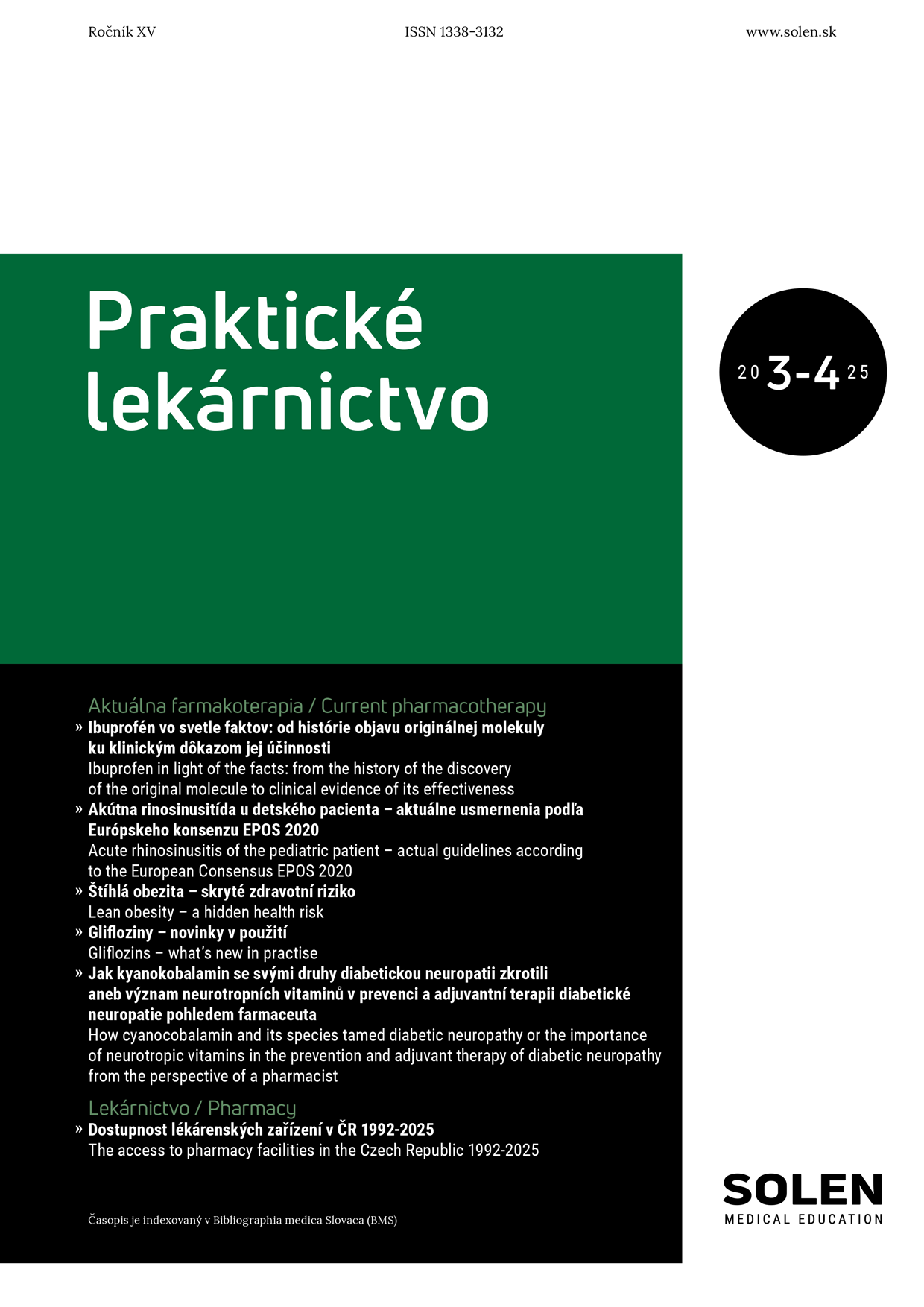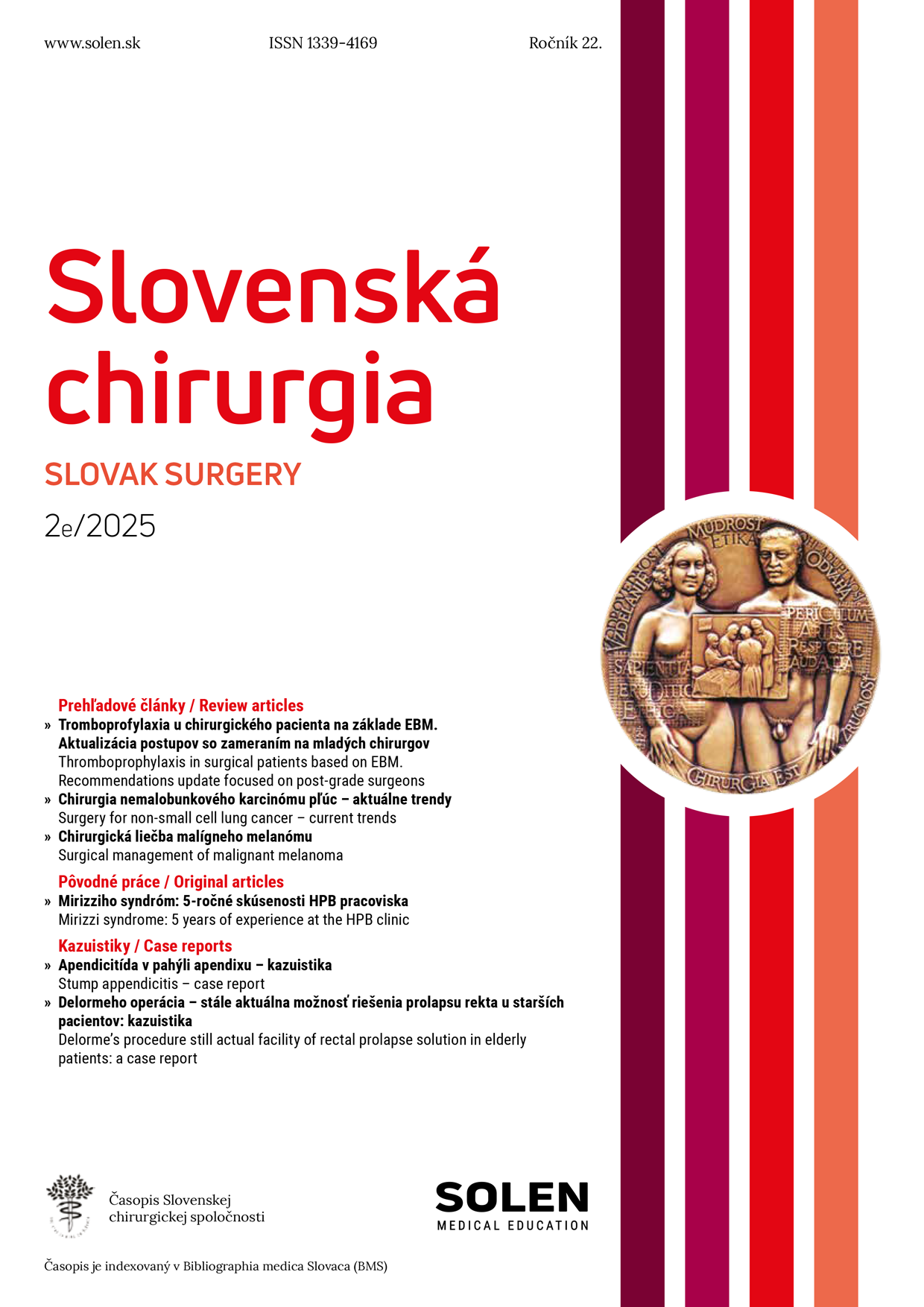Onkológia 4/2006
CORRELATION OF CHIMERISM AFTER ALLOGENEIC HAEMATOPOLETIC CELL TRANSPLANTATION WITH GvHD OCCURRENCE AND RELAPSE
The purpose of post-transplantation monitoring of haematopoiesis following allogeneic haematopoietic cell transplantation (hCT) is to find out whether engraftment was successful and to assess the risk of developing principal life threatening complications, i.e. relapse, graft versus host disease (gvhd) and graft rejection what enables to adjust an ongoing therapy. The aim of our study was to investigate chimerism in patients with different haematological diseases who underwent allogeneic hCT. Chimerism was investigated in peripheral blood using the vNTR-pCR method (vNTR: variable number of tandem repeats, minisatellites). In the group of 54 allogeneic hCTs done, complete chimerism (CC) was found in 46 patients, mixed chimerism (MC) in five and no engraftment in three patients, respectively. gvhd occured after 24 and relapse after 10 hCT. out of 46 CC patients, 22 patients developed gvhd and 6 patients experienced relapse, concerning of five MC patients, two developed gvhd and three developed relapse. By comparing the type of chimerism with gvhd or relapse development, respectively, only the type of chimerism statistically significantly (p = 0.00012) correlated with relapse, i.e. the risk of relapse was lower in the CC patients compared to the MC patients. A positive impact of gvL (gvL – graft versus leukemia) reaction to lower occurrence of relapse was not observed either. To summarize, our results indicate that the CC patients experience lower risk of relapse. Complete the chimerism is not associated with lower risk of the gvhd development.
Keywords: Allogeneic haematopoietic cell transplantation (HCT), chimerism, VNTR- variable number of tandem repeats, graft versus host disease (GvHD), relapse.

















